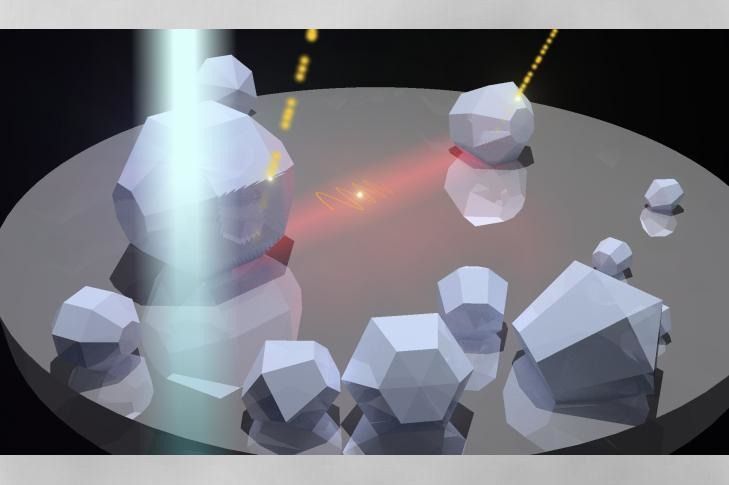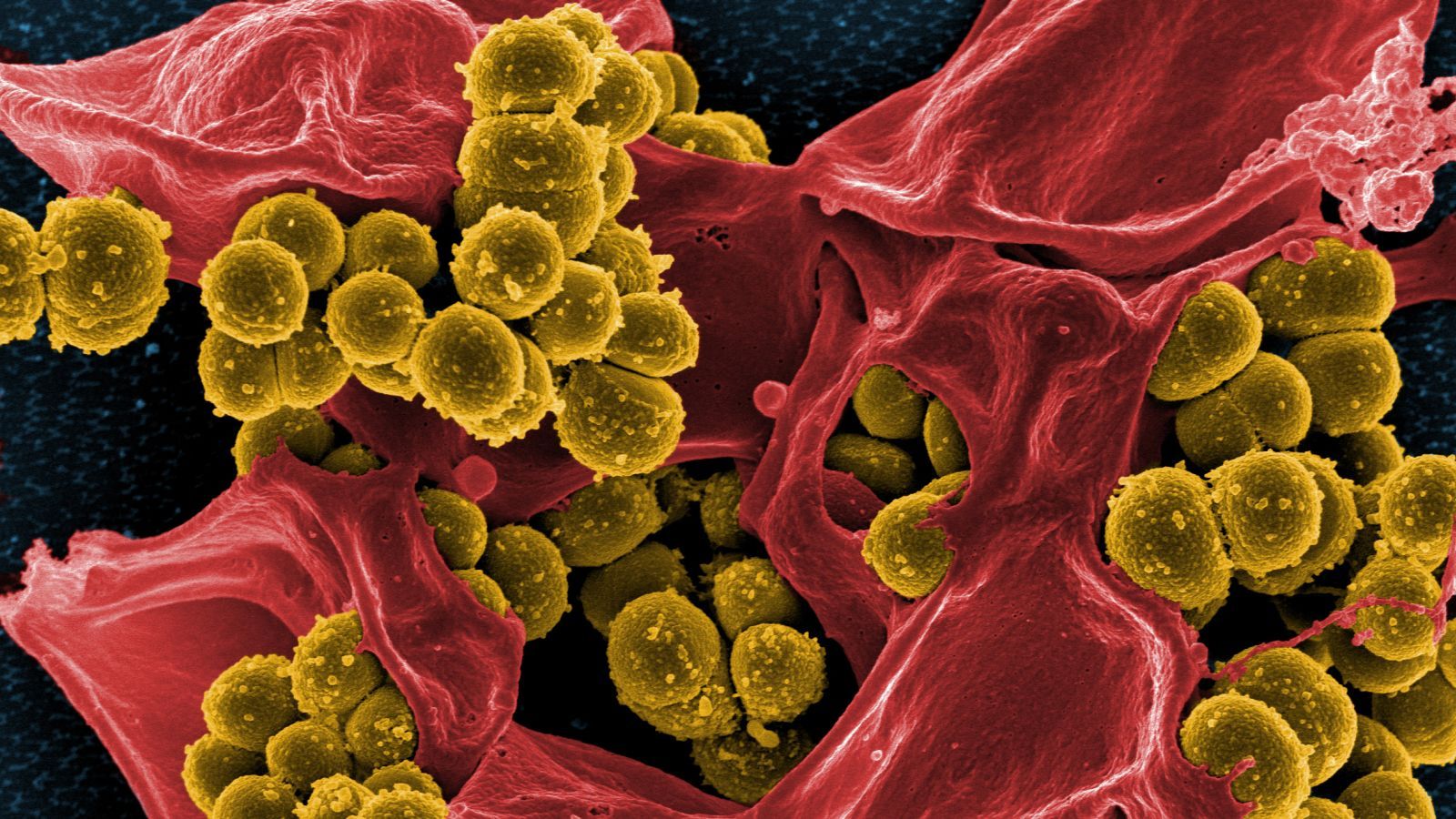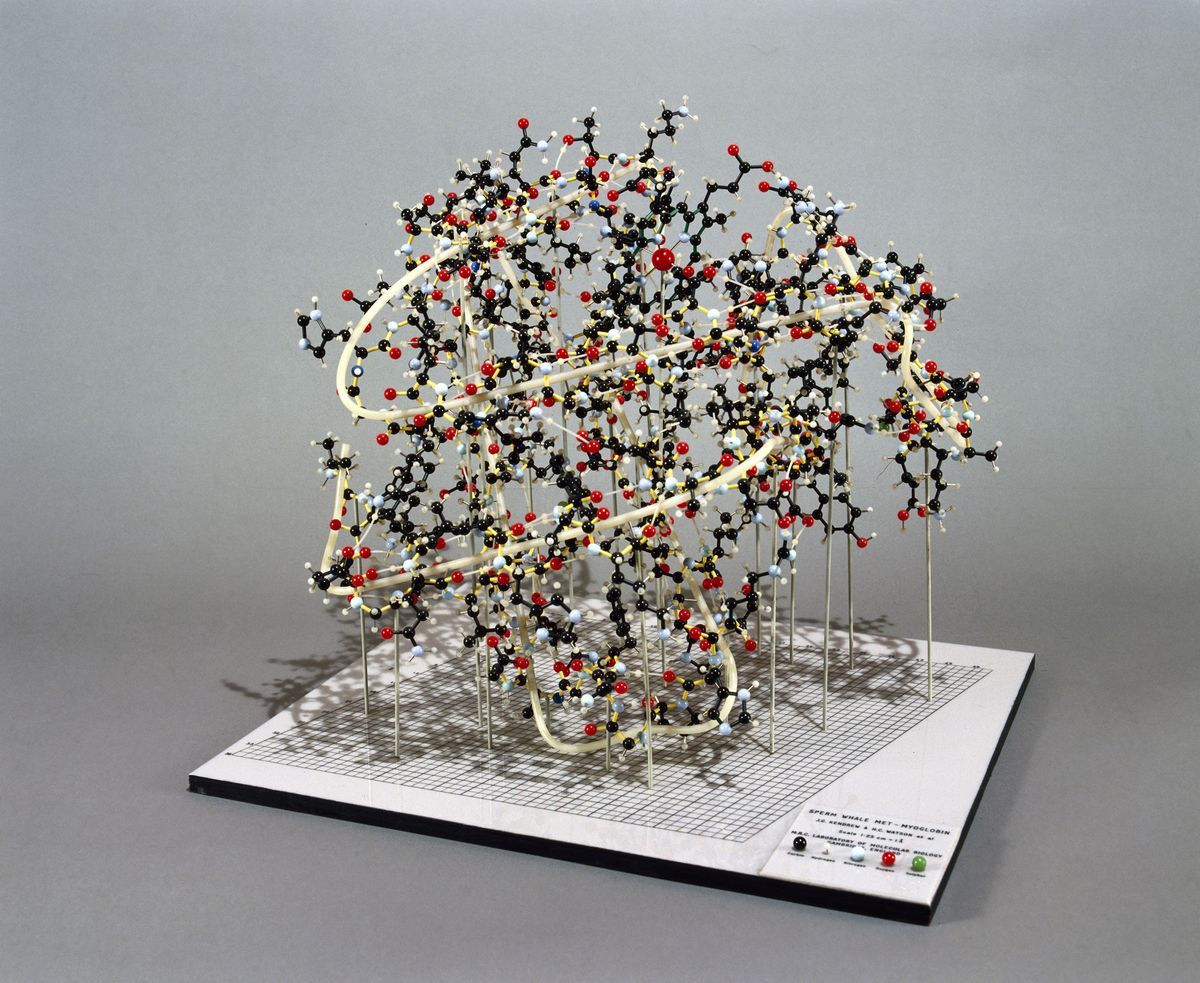Dario Gil shares the future of quantum computing.



Scientists at the Department of Energy’s Oak Ridge National Laboratory are conducting fundamental physics research that will lead to more control over mercurial quantum systems and materials. Their studies will enable advancements in quantum computing, sensing, simulation, and materials development.
The researchers’ experimental results were recently published in Physical Review B Rapid Communication and Optics Letters.
Quantum information is considered fragile because it can be lost when the system in which it is encoded interacts with its environment, a process called dissipation. Scientists with ORNL’s Computing and Computational Sciences and Physical Sciences directorates and Vanderbilt University have collaborated to develop methods that will help them control—or drive—the “leaky,” dissipative behavior inherent in quantum systems.

A class of antibiotics heralded as an essential future weapon against drug-resistant superbugs passed an important test. There’s now evidence that they can be used to treat serious infections in live animals (in vivo) without being toxic.
Researchers created simplified, synthetic versions of teixobactin, a protein produced by certain dirt-loving bacteria that was first discovered in 2015. They tested the teixobactin in lab mice whose eyes were infected with one of several germs, including antibiotic-resistant strains of Staphylococcus aureus and Enterococcus. The most successful of these analogues was found to leave animal cells alone while still wiping out more than 99 percent of the bacteria in the infected eye.
The findings were published in January in the Journal of Medicinal Chemistry.

Alphabet’s self-driving arm Waymo is introducing a new vehicle into its fleet of driverless rides, an all-electric car produced by Jaguar Land Rover.
Waymo unveiled the new vehicle, called the Jaguar I-Pace, at a press event in New York City on Tuesday and said it expected to begin production on the cars equipped with its technology in 2020. In the first two years, the companies expect to manufacture 20,000 cars.
The vehicles will first be available in a ride-hail service in Phoenix, Ariz., where the company will begin testing prototypes this year. Waymo currently has a fleet of driverless Chrysler Pacifica vans as part of its ongoing agreement with Fiat Chrysler.


Scientists are increasingly betting their time and effort that the way to control the world is through proteins. Proteins are what makes life animated. They take information encoded in DNA and turn it into intricate three-dimensional structures, many of which act as tiny machines. Proteins work to ferry oxygen through the bloodstream, extract energy from food, fire neurons, and attack invaders. One can think of DNA as working in the service of the proteins, carrying the information on how, when and in what quantities to make them.
Living things make thousands of different proteins, but soon there could be many more, as scientists are starting to learn to design new ones from scratch with specific purposes in mind. Some are looking to design new proteins for drugs and vaccines, while others are seeking cleaner catalysts for the chemical industry and new materials.
David Baker, director for the Institute for Protein Design at the University of Washington, compares protein design to the advent of custom tool-making. At some point, proto-humans went beyond merely finding uses for pieces of wood, rock or bone, and started designing tools to suit specific needs — from screwdrivers to sports cars.
A clever configuration of industrial lasers is set to finally make laser weapons practical.


Today, NASA held a press conference on the status of the James Webb Space Telescope, the organization’s successor to Hubble, and the news was grim. The observatory was supposed to launch between March and June of 2019. JWST will miss that window; while a specific launch time frame hasn’t been established, NASA is currently targeting May 2020.
While the telescope’s individual components meet their requirements, contractor Northrop Grumman needs more time to test them, integrate them together and do environmental testing. In order to monitor the telescope’s schedule, NASA is creating a Independent Review Board (IRB) to monitor this testing and NASA will take its recommendations into account when determining a specific launch window. That will occur sometime this summer.
Many suspected this announcement was coming after a report from the US Government Accountability Office earlier this month. The GAO found that ongoing technical issues with the telescope meant that launch delays were likely, and that the project was at risk of breaching the $8 billion cap set by Congress, which would mean it would need to be reauthorized. The telescope has already encountered delays, and it’s safe to say that more will follow. It’s an incredibly complex, detailed and delicate device, after all.

Supernovae produce some of the most powerful explosions in the cosmos, expelling a doomed star’s contents at velocities reaching 10 percent the speed of light. It usually takes a few weeks or months for a supernova to fade into nothingness, but astronomers have now documented a record-setting case in which a star was extinguished in just a few days.
They’re called Fast-Evolving Luminous Transients (FELTs), an exotic type of supernova discovered only a few years ago. As the name implies, these supernovae develop quickly, they’re very bright, and then they disappear. Unlike more “conventional” supernovae, such as Type Ia supernovae, the duration of these explosions can be measured in days rather than weeks or months. These celestial events are rare, and only a handful of FELTs have ever been documented.
The perplexing thing about FELTs, however, isn’t so much that they’re short lived—it’s that they’re also very bright. Scientists have subsequently theorized that they’re the glowing remnant of a gamma-ray burst (a massive explosion produced by a collapsing star that gives birth to a black hole), a supernova fueled by a magnetar (a neutron star with a powerful magnetic field), or a failed Type Ia supernova (in which a white dwarf star sucks up material from a nearby star, eventually causing it to explode). New research published today in Nature Astronomy suggests it’s none of the above.